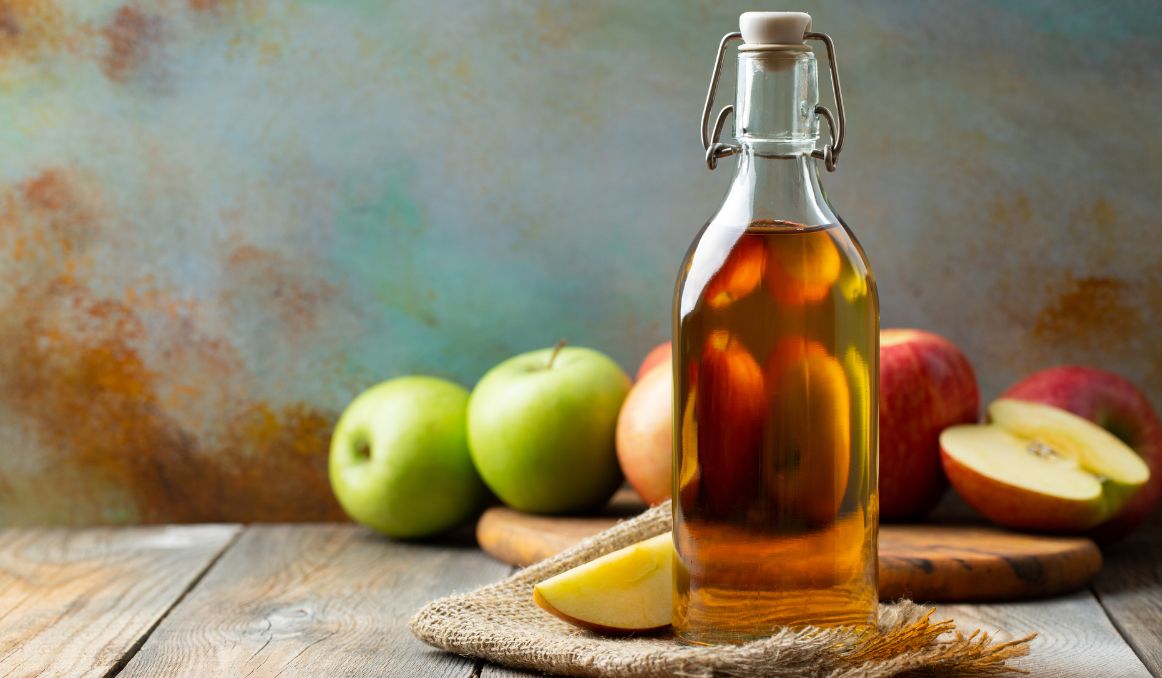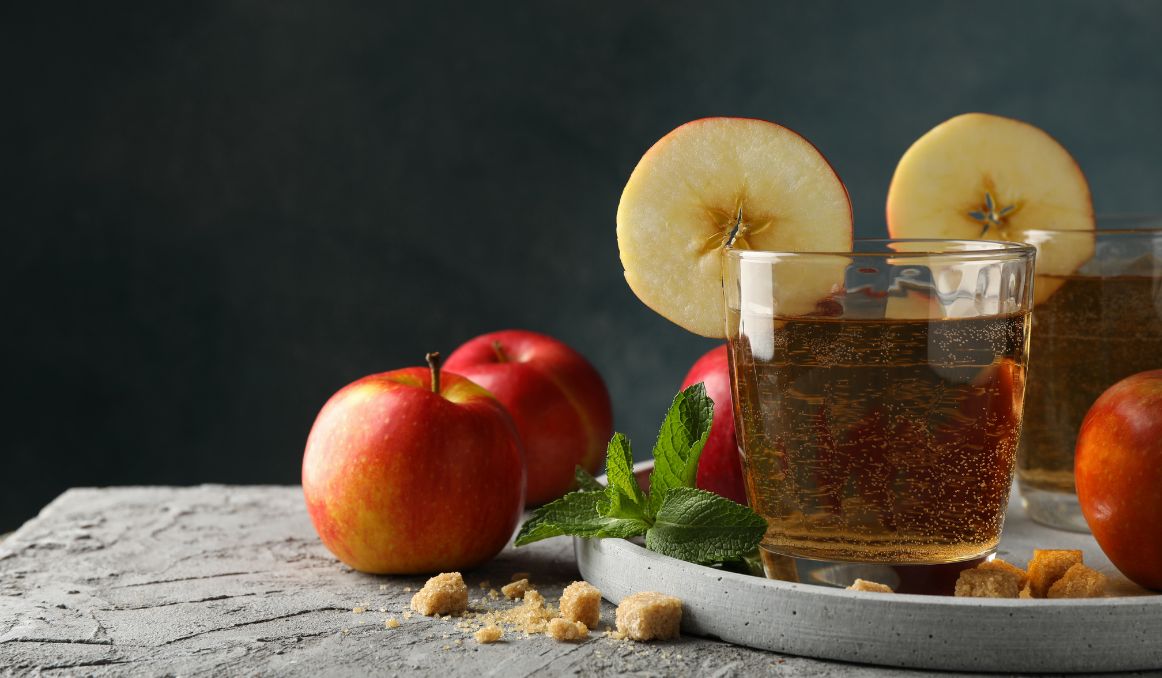When to Add Non Fermentable Sugar to Cider and Why?
Cider dates back at least as far as beer, and has been a wonder beverage and a miracle beverage for the duration. Healers have drawn on ciders for a range of ailments and wellness paths, and men and women, as well as many children, have enjoyed the simple, fresh flavors and aromas of a well brewed cider.
How is cider made? What is its origin? And how and when to add sugar and non fermentable sugar to cider, if ever?
All are excellent questions for brewers and drinkers alike.
A History of Cider

Evidence abounds that the Celts in what is known today as England have been pressing apples and fermenting the resulting juice since at least as far back as 3000 BCE.
The Greeks and Romans, the Hebrews and other Middle Easterners, and even the Chinese have had access to many different varieties of apples for millennia, and it is no surprise then to discover that those civilizations found that one of the best uses for their apples would be to press them for their juice and then save the juice through the fermentation process.
Unlike beer (with some exceptions), apple juice can be fermented and stored for months a
nd even years.
It can be turned into cider or vinegar, both of which offer tremendous health benefits and opportunities for preservation.
Cider or Hard Cider
Today, we use slightly different language to speak of the juice that comes from apples.
Pressed and filtered juice is simply “apple juice.”
Pressed and unfiltered juice can be and is often called “cider.”
Then, pressed, unfiltered, and fermented juice is also called “cider” but can be referred to as “hard cider” as well.
It is also important to note that cider and hard cider can include the juice from pears as well.
How Cider Is Made
At its most basic, cider does not even require a press.
Today, many people around the world love to make their own cider around apple season as it fills their home and small brewery or pub with the classic fall aroma.
All that is required is a large stock pot filled with apples, a citrus fruit like orange, cinnamon, sugar, and cloves, topped with water and brought to a slow simmer for hours.
After about 8 hours, you mash all the fruit and spices into the water and simmer for another hour or so.
Finally, you strain out all the solids and serve the liquid.
A simple cider.
For a fermented cider recipe, it is not that big of a leap from this simple cider.
You can simply take the cider you have made, ensure it is cooled off to below 80 degrees Fahrenheit, and add your yeast.
The trick to hard cider, because you will be storing it for days while it ferments, is to ensure everything is sanitized along the way. You don’t want wild yeast or bacteria sneaking in and contaminating your process.
Attach an airlock to the mouth of your jug or bucket, to allow air to get in without letting in contaminants, and store for several weeks in a cool, dark space. You’ll know it is done fermenting when it stops bubbling.
For Apple Cider Vinegar, you basically take this process one step further.
Why?
Because to make vinegar, you first need to make alcohol.
Remember, alcohol is made during the fermentation process as the yeast consumes the sugars in your brew and converts them to alcohol and carbon dioxide, plus hundreds of other micronutrients that are so good for your body.
For vinegar, you can either expose the cider you’ve made to the open air, which will allow the fermentation process to take on a life of its own and head it into vinegar status, or you can never add the airlock to your jug in the first place, checking on your cider along the way with a straw (so you don’t contaminate it), to see if it tastes more like alcohol or more like vinegar.
How to stop cider fermentation and keep your cider alcohol? Simply ensure all your yeast has been removed, that the cider is no longer bubbling, and store it in an airtight container in a cool dark place.
Alcohol naturally becomes vinegar over time, and vinegar is self-preserving.
So your apple cider won’t “go bad.” It will merely turn into vinegar.
When to Add Non Fermentable Sugar to Cider and Why

Non fermentable sweeteners are often added to cider to make it sweeter but not alcoholic or more alcoholic.
You see, any sugar added during fermentation will naturally be consumed by the yeast and converted to alcohol, cutting down the sweetness and instead lending a dry quality to the cider.
What to use?
If your goal is to make a more juice cider, with or without alcohol, you will need to add a non fermentable sugar like xylitol, erythritol, stevia, splenda, lactose, or maltodextrin.
Stevia and splenda are usually the easiest non fermentable sweeteners to find.
But Erythritol and Xylotol are the most well-known for not adding obvious flavor to the cider itself. You can use them gram for gram as you would sugar.
You can add any of these sweeteners to your finished batch of cider and experimenting in small amounts with which you like best.
In the end, you will play this by ear as you would with most experimentation processes in the kitchen. Try a little less sugar, and a little more cinnamon. Less clove, no orange, a different variety of apple, a blend of apples together.
Remember, brewing is a craft and an art, and to get anywhere near perfection, you will need lots of practice and lots of patience.
It’s a marathon, not a track meet.
Cheers!
Passionate about yeast fermentation and all the wonders it can do? So are we! If you’re interested in finding out how you can use our technology to control fermentation and monitor your yeast, save work hours and improve the cost-efficiency of your business, drop us a line at [email protected]
Also, check out these product pages, if you’re into beer or wine making:
- Oculyze BB 2.0 (Better Brewing) Yeast Cell Counter App + Hardware
- Oculyze FW (Fermentation Wine) Yeast Cell Counter App + Hardware
…or our custom solution page for other use cases (yours included):
Also, you can now get access to a fully functional demo account to test our Web App. Completely free of charge and with no commitment to purchase.
Sources:


